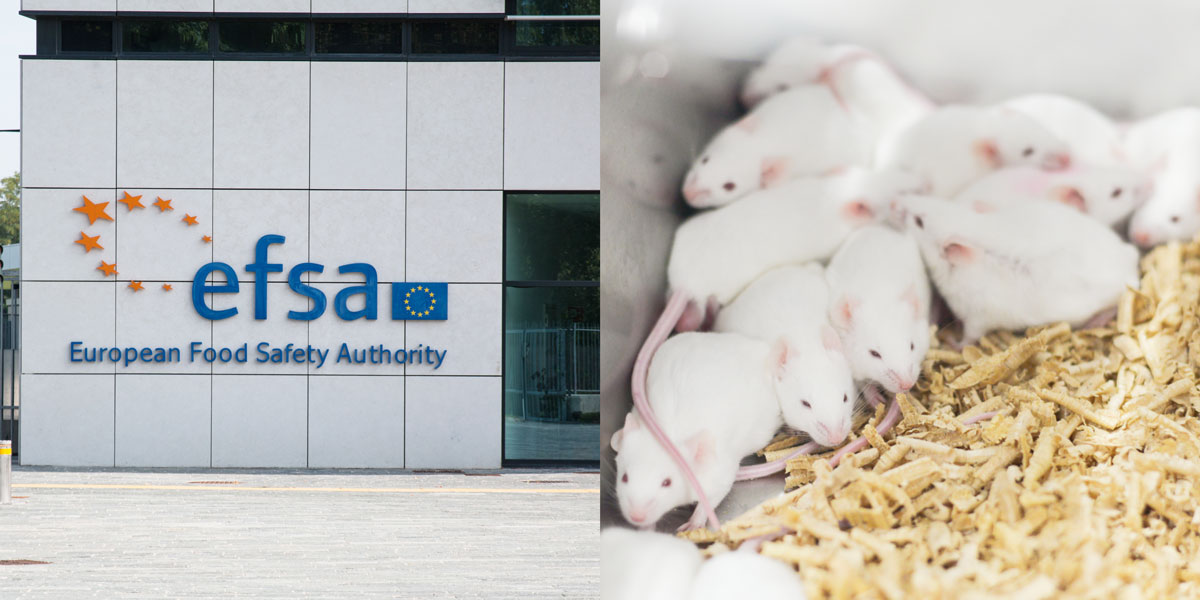
Genotoxity and carcinogenicity studies are included
The European Food Safety Authority (EFSA) has shared the raw data that was used in the EU safety evaluation of the pesticide glyphosate. The information has been sent to a group of MEPs who submitted an official request to see the information.
The information released includes the raw data from all the animal genotoxicity and carcinogenicity studies used in the glyphosate assessment. Combined with the EFSA Conclusion and background documents (more than 6,000 pages), EFSA says the raw data provide enough information to allow full independent scrutiny of the EU scientific assessment.
In November this year the European Court of Justice ruled that safety tests conducted by the chemical industry and used by regulators to assess the dangers of pesticides must be disclosed. However, concerns remained that the ruling contained an apparent loophole that might allow industry to exempt crucial animal toxicity studies from disclosure.
EFSA’s release of these studies suggests that the loophole is not being utilised, at least by the agency.
Guilhem de Seze, Head of EFSA’s Regulated Products Department, said: “EFSA is fully committed to openness in its risk assessments and welcomes this opportunity to increase the transparency of the glyphosate evaluation.”
Dr de Seze added: “EFSA is still assessing recent legal developments surrounding the disclosure of data, but in the meantime we are satisfied that what we are releasing today meets our commitment to transparency and the public right to know while complying with our obligations regarding the protection of commercially sensitive information.”
However, it is extremely unlikely that the documents released will be in editable/copyable format to enable re-analysis of the data. Such re-analysis is vital to ascertain whether the conclusions about glyphosate’s safety or toxicity drawn by industry and regulators are valid.
In addition, EFSA’s release of the data to a group of people who requested to see them falls short of the proactive publication of industry data on the Internet demanded by GMWatch and other NGOs. But it’s a positive first step.
Source: EFSA http://www.efsa.europa.eu/en/press/news/161209









